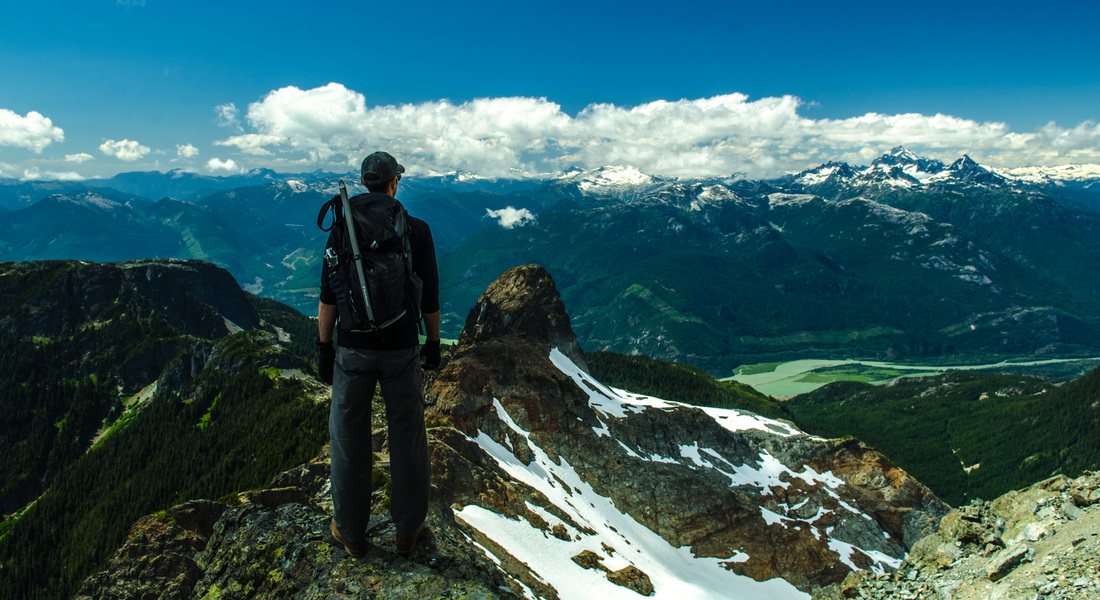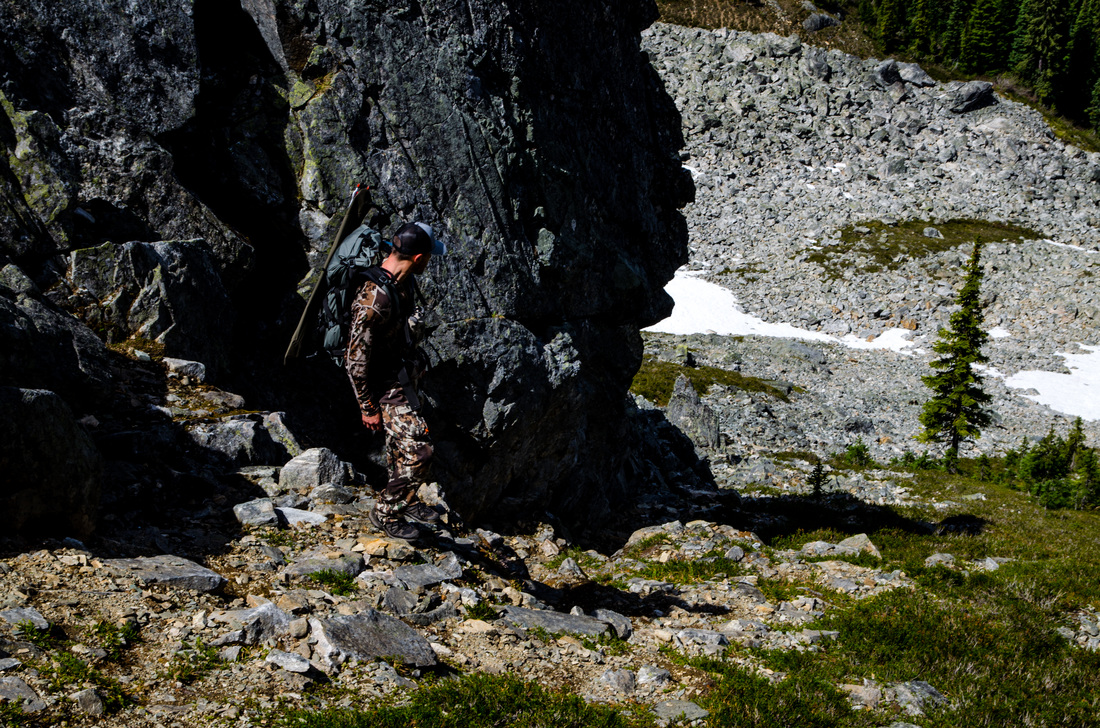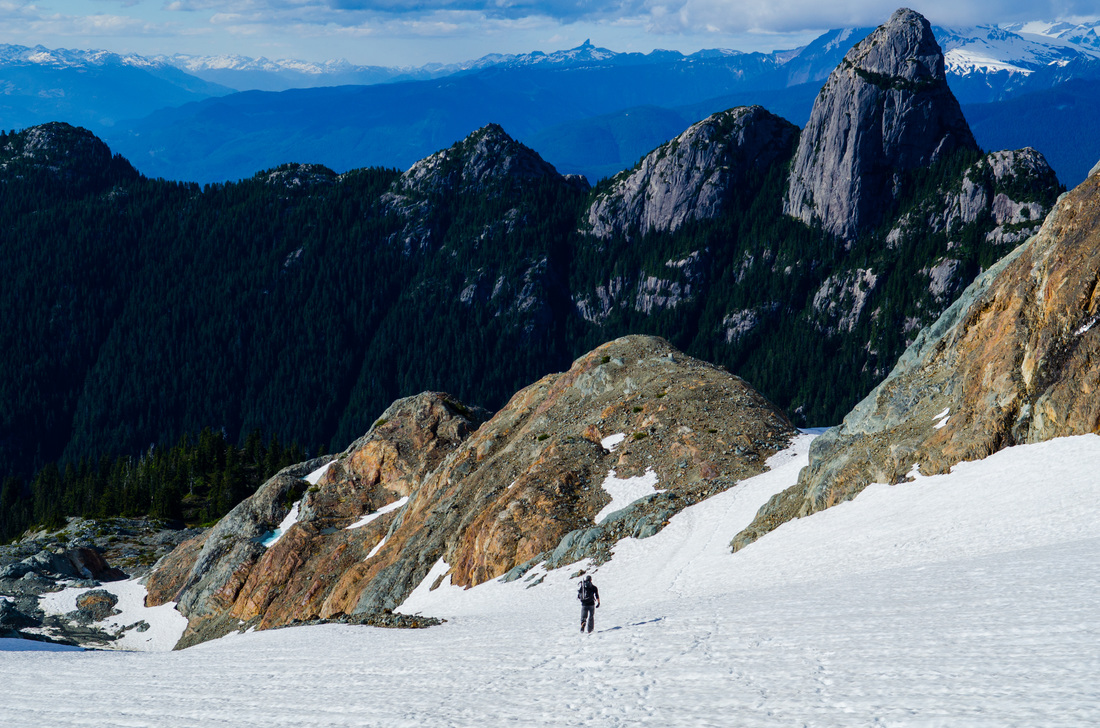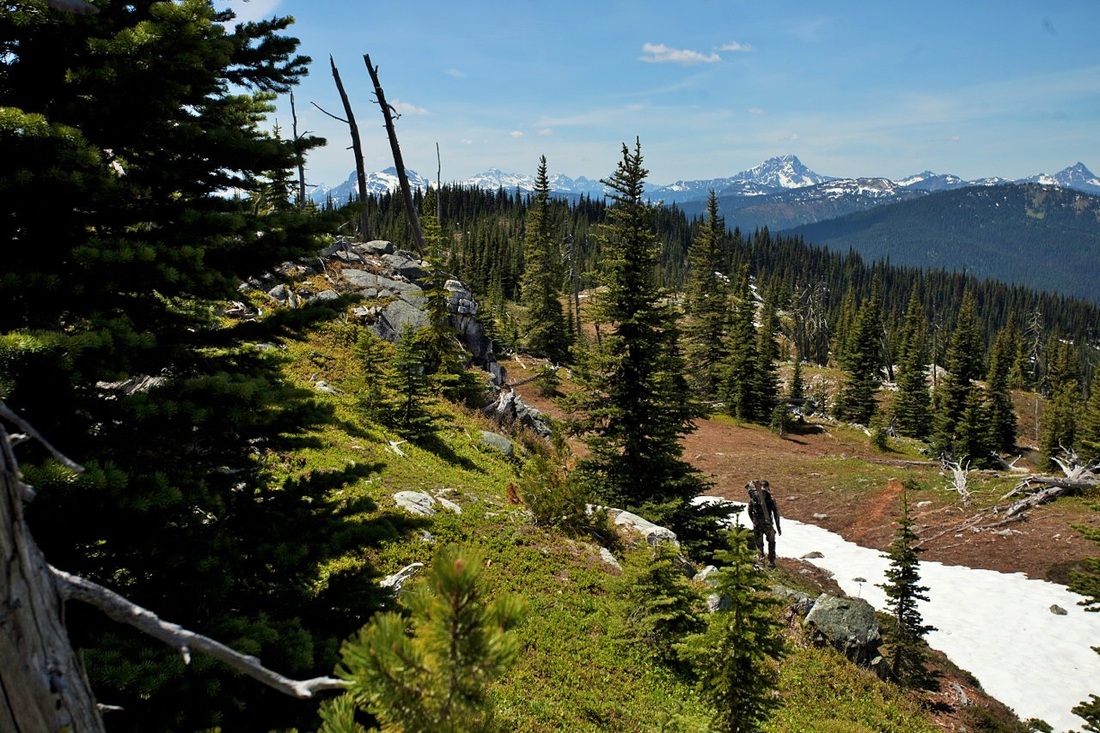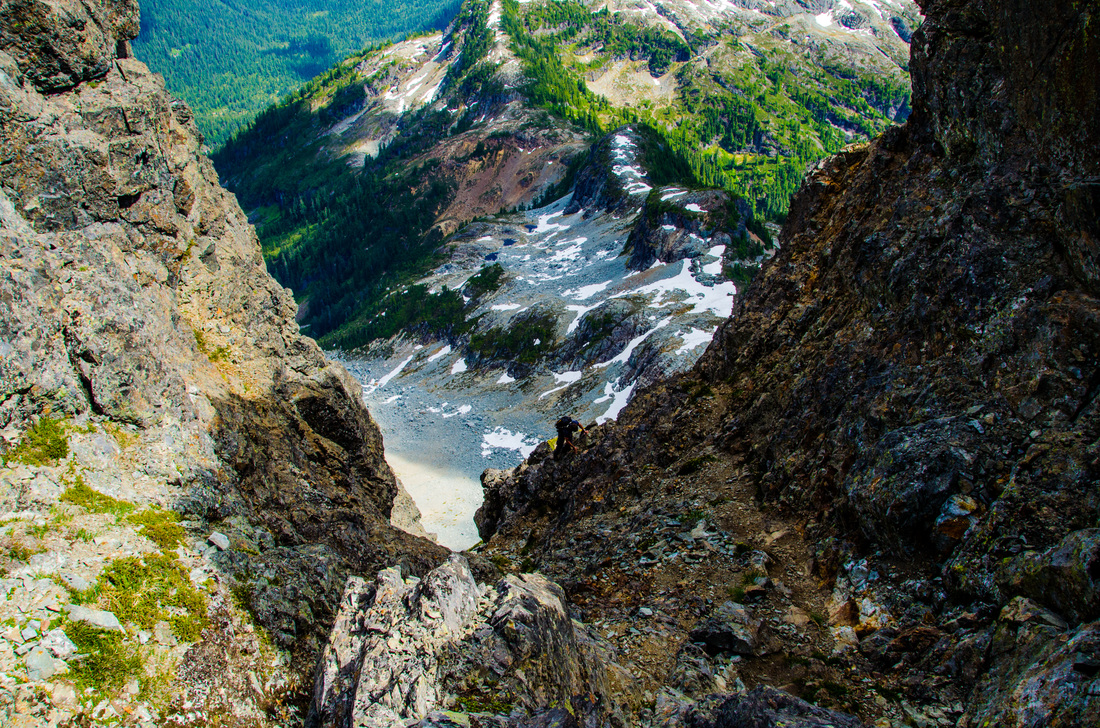Let’s be crystal clear on something right from the get-go, there is zero replacement for time in the field. One only needs to read the historical accounts of the explorers, trappers and prospectors of the early 20th century to appreciate just how “fit” and “tough” one can become with dedicated time in the field and no gym or trainers at your disposal.
But as we covered in The 3 Most Important Lifts for the Hunter, those days are long gone. Many of us are stuck at desks, and sitting in our vehicles on our commutes to and from work as opposed to hiking, portaging, running trap lines, and generally speaking spending days on end on our feet, conquering the wilderness. As we discussed in the Fountain of Youth, the day-to-day reality of not using our bodies to their full potential cannot be ignored and must be factored into any worthwhile training program. Program design is rarely as simple as “go for a hike with a pack”. Due to the realities of modern life, if you value durability, longevity and performance in the field there is far more to the equation.
Photo Credit Andrew Lawrence Images
If you’re lucky enough to live in a mountain town or a city within a short drive of the mountains, you might hit the trails 2 – 3 times per week. For most people with busy lives, jobs, and families this is a high estimate and weekend excursions are more the norm. It’s this frequency or lack thereof more specifically that requires a systematic and creative approach to designing and implementing training programs that actually carry over to the field. The problem with many conventional approaches to training when applied to extended forays into the mountains, is the exercises and training methodologies do not adequately prepare your body to handle the real demands of some of the most harsh and unpredictable environments on the planet. These dynamic environments as we like to refer to them require a dynamic approach to exercise selection, program design and implementation.
Stepping up and down off a plyo-box does not cut it. Doing back squats and front squats won’t cut it. Running the roads and sidewalks in your neighbourhood won’t cut it.
Don’t get us wrong, something is always better than nothing but what do we hear from our guide friends and colleagues all the time? Their clients weren’t ready. They couldn’t get to the ram or that trophy class bull because their bodies couldn’t handle the demands of the hunt. Even in conversations with people immersed in the industry, people like writers, gear reps, and TV personalities what do we consistently hear? That they can handle the hunt for 2 – 3 days but by the 4th or 5th day they’re toast, and they just have to guts it out, often times having to pass on opportunities because their bodies just can’t meet the demands of the mountains. And these are people that spend far more time in the field than most!
So why is this? In his book The Navy Seal Art of War, retired SEAL Chief and author Rob Roy discusses a very important maxim in SEAL training and preparation: train the way you fight. He explains:
“We train the way we fight, not the other way around. There’s a difference. If one fights the way they train then they will act like they do on the rifle range. They will pick their weapon up, check it and do all the safety bullshit, etc. The real world is dirty, aggressive and intimidating and one must train that way too”.
And although a sheep, high mountain mule deer or backcountry elk hunt is far from the life and death endeavor that is a spec-ops mission, these words ring true as it pertains to preparing for extended duration mountain hunts.
Mother Nature can be a real bitch. The mountains can bring the most “fit” and “strong” individuals to their knees, begging for mercy. If you train predominantly in the linear confines of a gym with predominantly linear exercises and some extended hikes mixed in, you are not preparing yourself for the dynamic, unpredictable and often unknown demands you’ll face on a real deal mountain hunt.
So in the absence of time in the field, how does one still utilize the gym facilities and equipment at their disposal, while at the same time becoming “mountain strong”? These facilities and equipment are frankly a necessity for most of us, either because of where we live or the “real life” demands placed on our time so we are not saying that you shouldn’t use what’s available to you.
What we are saying is “specificity” boils down to training the way you hunt. Let’s deconstruct this statement a little further.
Photo Credit Andrew Lawrence Images
We took a ton of heat online for not including the squat in our 3 Most Important Lifts for the Hunter article back in October 2014, but we stand by that elimination 100%. The squat is an excellent exercise and one that is included in many competitions and high performance training programs for good reason. BUT, it has limited transferability to the demands of a mountain hunt. Why? Because every step you take with your pack on is a single-limb task.
Whether you’re hiking up, hiking down or side-hilling, the front or back squat provides minimal specific cross-over to the non-linear, single limb demands of covering ground in the dynamic environment that is the mountains.
World renowned strength coach and functional training specialist Mike Boyle makes a strong case for exactly this point:
“Double leg strength doesn’t correlate to single leg strength. I can’t tell you how many athletes I’ve seen that can squat in excess of 500 pounds yet can’t do a single leg squat. The reality is that they lack functional strength. Very little in life or sport is done with two feet on the ground. In fact, rowing is the only sport where both legs work simultaneously. In life, it rarely happens.”
Now this is not meant to be an “anti-squat” article, we only use the squat as an example to highlight the importance of specificity. This is also not to suggest the squat should not be present in your programming at all, just that it should not dominate your training plan and should only play a supplementary role if your primary goal is mountain hunt preparation. The same argument could be made for many other popular exercises.
The bottom line is in the modern world, with all the demands placed on our time we must train the way we hunt, and that means using every single minute of our hard earned training time to enhance the specific strength, endurance and movement capabilities required of us in harsh mountain environments.
Specificity must be at the forefront of all decision making. So how do we achieve that?
For one, it is absolutely critical you maximize your time hiking, ideally with a loaded pack and where possible off-trail for LONG distances. In the early season up North you can literally hunt until midnight, so your base, mountain specific endurance must be up to the task. And practice side-hilling! This is one of the most taxing elements of real mountain hunting and without question one of the most undertrained, energy sapping realities of covering ground above timberline.
Second, the overwhelming majority of your strength and conditioning work should emphasize single limb training, mimic real world demands and manage the detrimental effects of what your day job may be doing to your body. This means two things. First learn to love the kettlebell, it is one of the most functional, field transferable tools available. Second, learn to do a deadlift properly. If you haven’t read The 3 Most Important Lifts for the Hunter yet, do so. We cover some incredibly important topics in that article. From a specific exercise standpoint, as mentioned previously emphasize single-limb exercises. Instead of the back or front squat, do a split squat or walking lunge. Instead of a seated shoulder or military press do a standing kettlebell (KB) or dumbbell (DB) press. Instead of doing bench press with the bar, do it with dumbbells or kettlebells or better yet with only a single DB or KB so your core and torso is forced to fight rotational forces. Instead of doing KB swings with both hands holding the bell do it with one arm only so you’re resisting rotation throughout the exercise, literally from your head to your toes.
Third, where possible train outdoors using natural terrain and natural features. You only need a few kettlebells and some creativity to put together an incredible hunt specific training session. Instead of traditional pull-ups using a bar use a branch to challenge your grip and your core. Or to take it up a notch, do the pull-ups with your weighted pack on. Instead of step-ups onto a bench or plyo-box, find a small hill and do weighted carries with DBs or KBs or sandbags, and put as much emphasis on the walk back down as you do the walk up the hill. The eccentric or downhill portion of hiking is what destroys the quads and hip stabilizers and has people begging for mercy by the 4th day of their 10 day hunt. And if the outdoor space allows shoot your bow in between sets to mimic the reality of having to make a tough shot while your heart rate and whole central nervous system is jacked up.
Photo Credit Field Editor Matt Thompson
In conclusion, to excel in the mountains it’s integral to think outside the conventional box and build your programming around the specific environmental demands you’ll face this fall.
The following quote from Nassim Nicholas Taleb’s book Antifragile solidifies our case:
“People who build strength using these modern expensive gym machines can lift extremely large weights, show great numbers and develop impressive-looking muscles, but fail to lift a stone; they get completely hammered in a street fight by someone trained in more disorderly settings. Their strength is extremely domain-specific and their domain doesn’t exist outside. “Disorderly settings” are what you need when you are after all-terrain strength.”
For a glimpse into some of our own hunt specific training sessions, check out the last few Training for Dynamic Environments posts on the Field Notes blog, and remember, if you not only want to survive but thrive on your hunt this fall: train the way you hunt.


